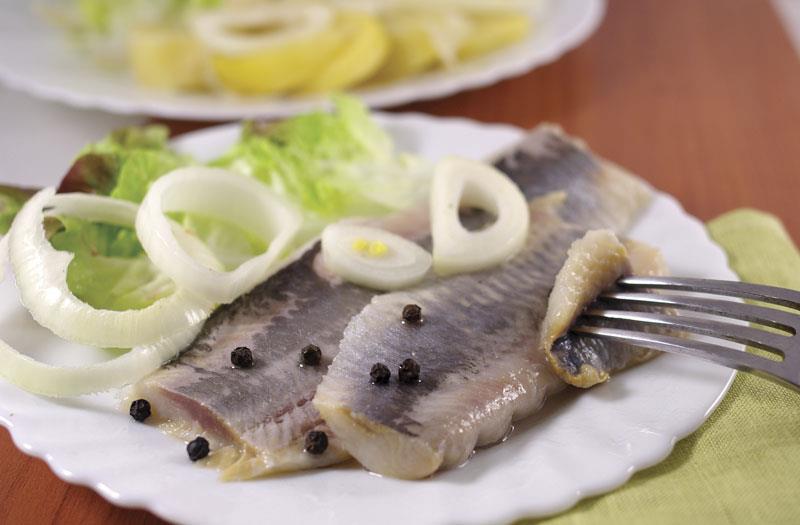
Adopting the Nordic diet may help improve serum insulin and the homeostasis model assessment for insulin resistance (HOMA-IR) levels, as shown in the results of a systematic review and meta-analysis.
Considered as a healthy dietary pattern, the Nordic diet is characterized by a lower consumption of meat and sugar-sweetened drinks, as well as higher intake of fruits (berries), vegetables, potatoes, whole grains, nuts, seafood (fish and shellfish), and organic foods from the wild countryside. This diet also underscores the intake of low-fat dairy products.
The researchers searched multiple online databases for studies investigating the possible effect of the Nordic diet on the markers of blood glucose control. The search yielded six randomized controlled trials, which involved a total of 618 participants with 6–26 weeks of follow-up period, for inclusion in the meta-analysis.
Pooled data showed that the Nordic diet had no significant effect on fasting blood glucose levels (weighted mean difference [WMD], –0.05 mmol/l, 95 percent confidence interval [CI], –0.13 to 0.01; p=0.112).
On the other hand, the Nordic diet exerted a significant effect on serum insulin concentrations (WMD, –1.12 mU/l, 95 percent CI, –1.84 to –0.39; p=0.002) and the HOMA-IR (WMD, –0.34, 95 percent CI, –0.53 to –0.14; p=0.001) relative to control diets. The dietary pattern had no significant effect on 2-hour postprandial blood glucose and Matsuda index.
The researchers called for additional high-quality long-term intervention studies to confirm the present data. This dietary intervention should also be evaluated in other countries to determine the possible effects on other populations.